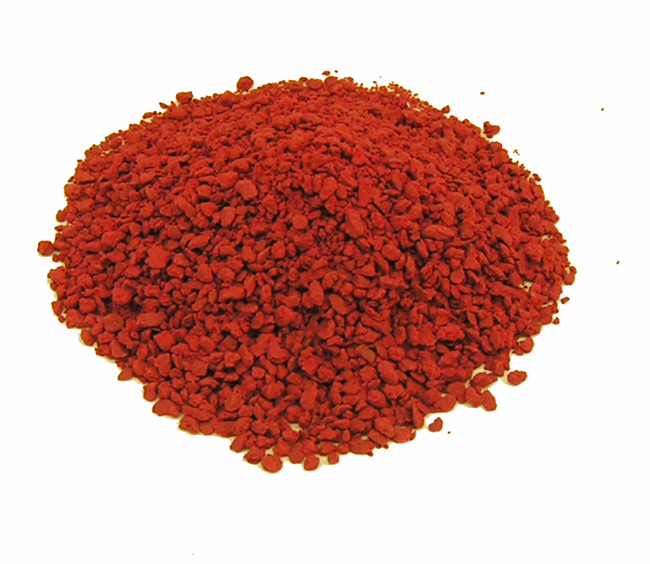
With the recent rise in popularity of naturally-derived supplements to maintain a healthy body, there has been a great deal of attention toward development of the so-called “brain foods,” which can enhance brain function. Of particular importance is the natural red pigment astaxanthin (ASX) abundant in both salmon and in crustaceans such as shrimp and crab. ASX has a powerful antioxidant effect, and it holds promise as a next-generation natural supplement. ASX is capable of penetrating the blood-brain barrier,entering the brain, where it acts directly on nerve cells. ASX is also known to have a neuroprotective effect in neurological animal disease model. However, there are many unanswered questions as to the effects of ASX on hippocampal function, especially whether or not it can increase the neuroplasticity of the hippocampus.
A research group led by University of Tsukuba Faculty of Health and Sport Sciences Professor Hideaki Soya and Professor Randeep Rakwal has investigated the effect on hippocampal function of the naturally-derived pigment ASX, which is believed to have the most powerful antioxidant activity among carotenoids. Their results showed for the first time that giving ASX to mice for four weeks promoted neurogenesis in the hippocampus in a concentration-dependent manner, and elevated the learning and memory capacity of the hippocampus. Furthermore, when the team investigated the molecular mechanism of the ASX activity on the hippocampus using high-throughput DNA microarray technology and bioinformatics analyses such as IPA, it brought to the fore specific molecular pathways that could contribute to improved memory capacity.
By conducting future targeting experiments on the molecular mechanism behind ASX action, as hypothesized from these bioinformatics analyses, aimed at hippocampal tissues and cells with gene deletion methods or specific inhibitors, researchers may be able to clarify the mechanism in greater detail, which could help target mechanisms in the development of medical foods and new drugs.
The study done by University of Tsukuba.